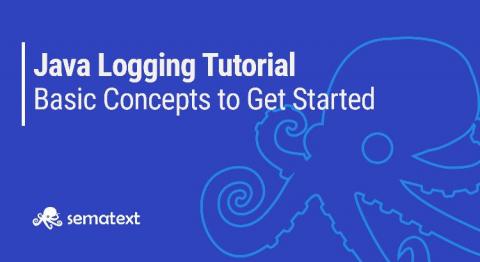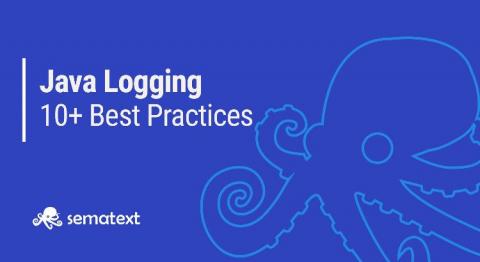Collecting and analyzing Zeek data with Elastic Security
In this blog, I will walk you through the process of configuring both Filebeat and Zeek (formerly known as Bro), which will enable you to perform analytics on Zeek data using Elastic Security. The default configuration for Filebeat and its modules work for many environments; however, you may find a need to customize settings specific to your environment.











